In recent years I’ve started exploring photography with a bit more purpose, making an effort to learn and understand exposure. This led me to the Fuji X system, in the hope that the tactile analogue controls would force me to learn, and it certainly helped.
At the same time, I became aware of the recent recent renaissance in film photography – was it sheer nostalgia, like the appeal of vinyl records, or was there something more to it? I began asking relatives whether they had any old film cameras. Someone had an old Voigtländer Brillant TLR. I loved the idea of continuing to use a family heirloom, rather than buying second hand. I also found my old Olympus mju-ii and have used it a couple of times since – a classic example of a camera that’s great to find in the attic but way overpriced in the second hand market.
However, I wanted more control than a point and shoot provides. I put a roll through the Voigtländer and got some good results, but found the focusing and film advance too hit and miss, and the shutter wasn’t in great condition, and probably not worth the repair. Yet I was hooked. I became rather obsessed with researching film cameras: trying to identify something that wouldn’t break the bank , was a little easier to use, yet still had fully manual controls. The Yashica Mat 124 seemed an obvious choice: a Rolleiflex copy, with a great lens, and plenty on the second hand market. I found a cheap one on ebay with a broken light meter.
Since then, I’ve put about 5 rolls through it, gradually getting the hang of exposure and composition with the square format. There is a certain joy to be had in looking through the waist level viewfinder. I even “flocked” the film chamber in an effort to increase contrast. I’m keen to try some other film stocks (Portra 400 being the obvious one) but I’ve got some Tri-X and a few more rolls of Ektar to work through before I can justify buying some more.
I was skeptical about the film renaissance, but having tried it, I can feel the magnetic pull myself: restriction breeds creativity, old cameras have an attractive simplicity and are fun to use, and the anticipation of waiting for the results is reward enough in itself.
What follows is 5 frames taken this spring from a roll of Ektar 100.
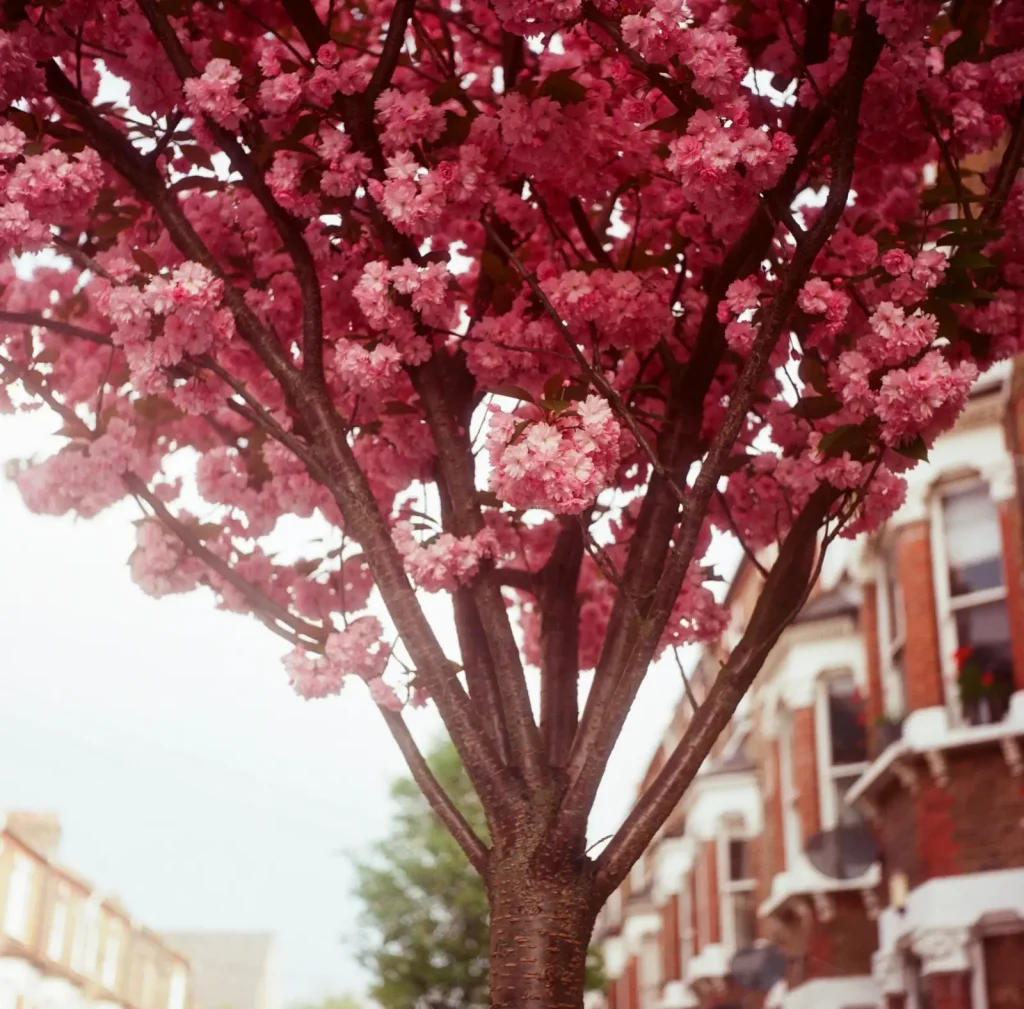
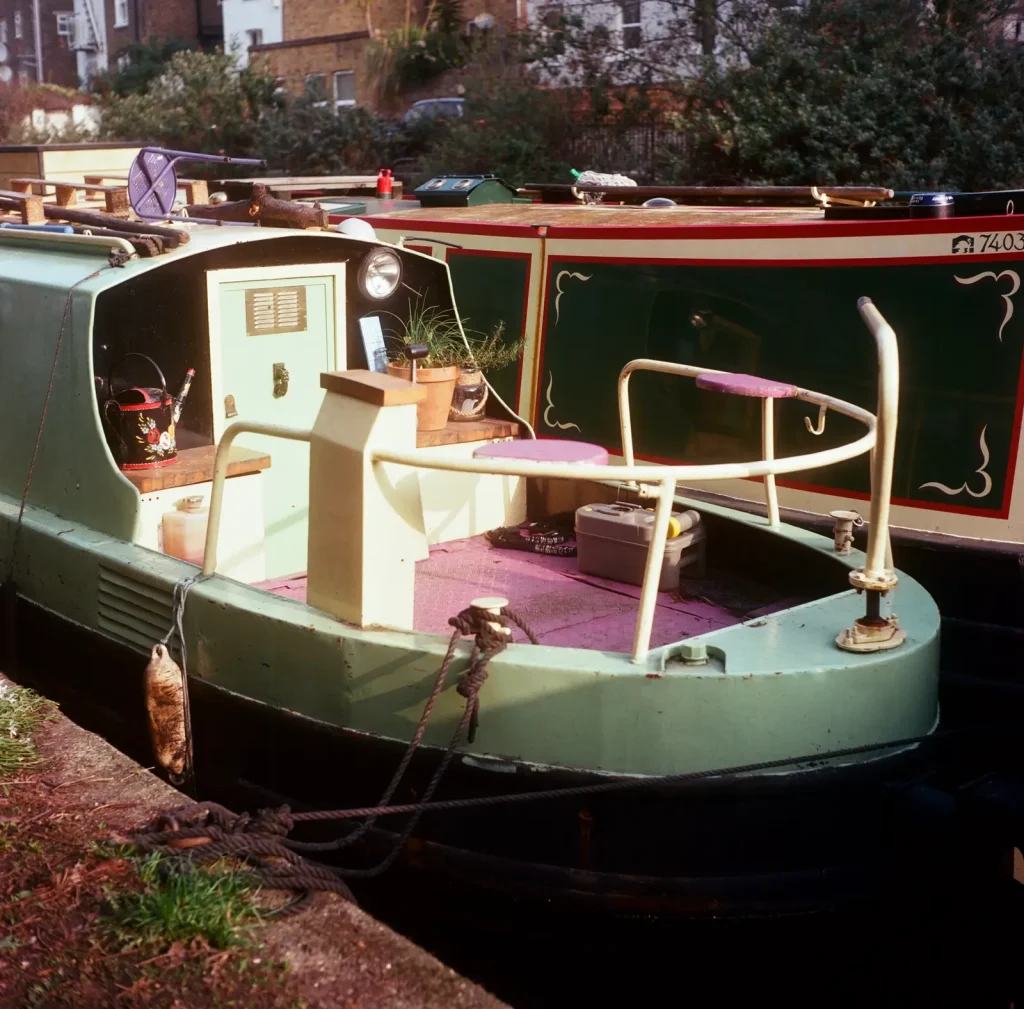
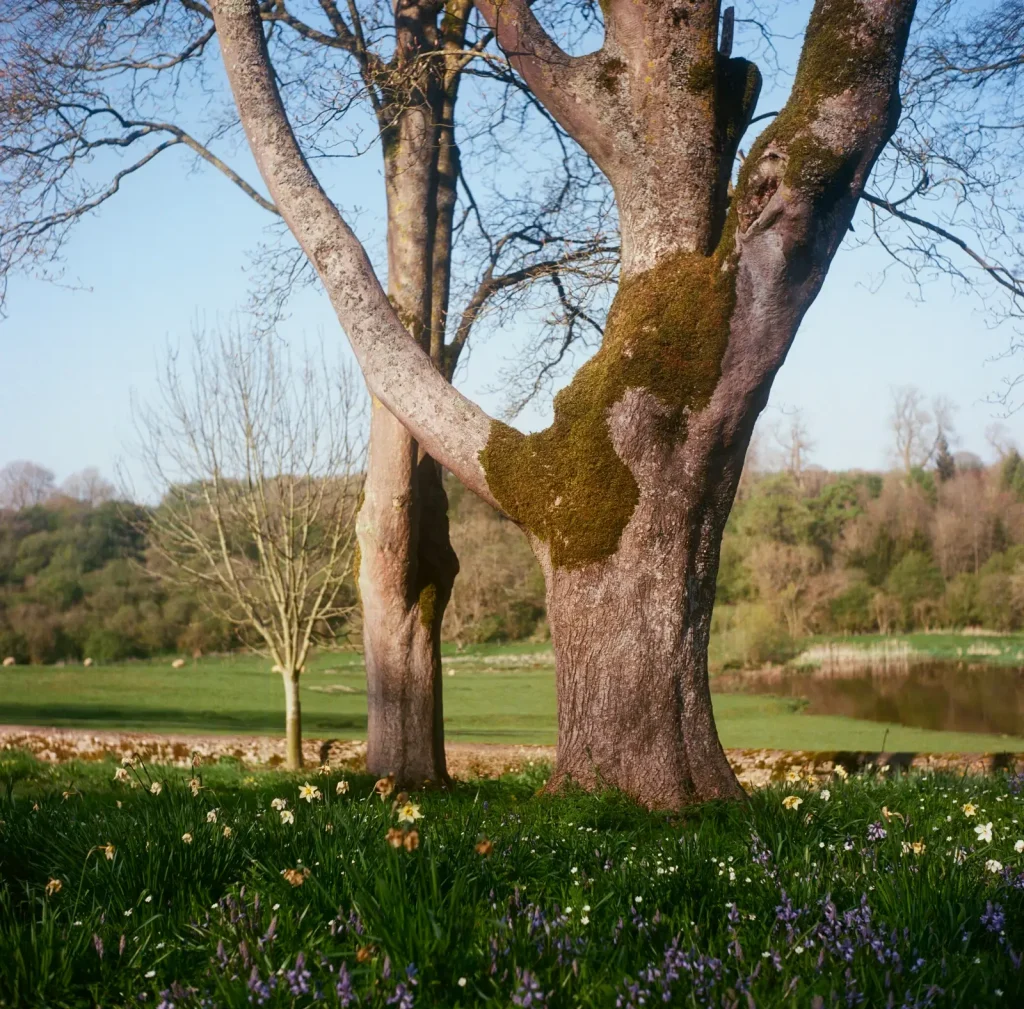
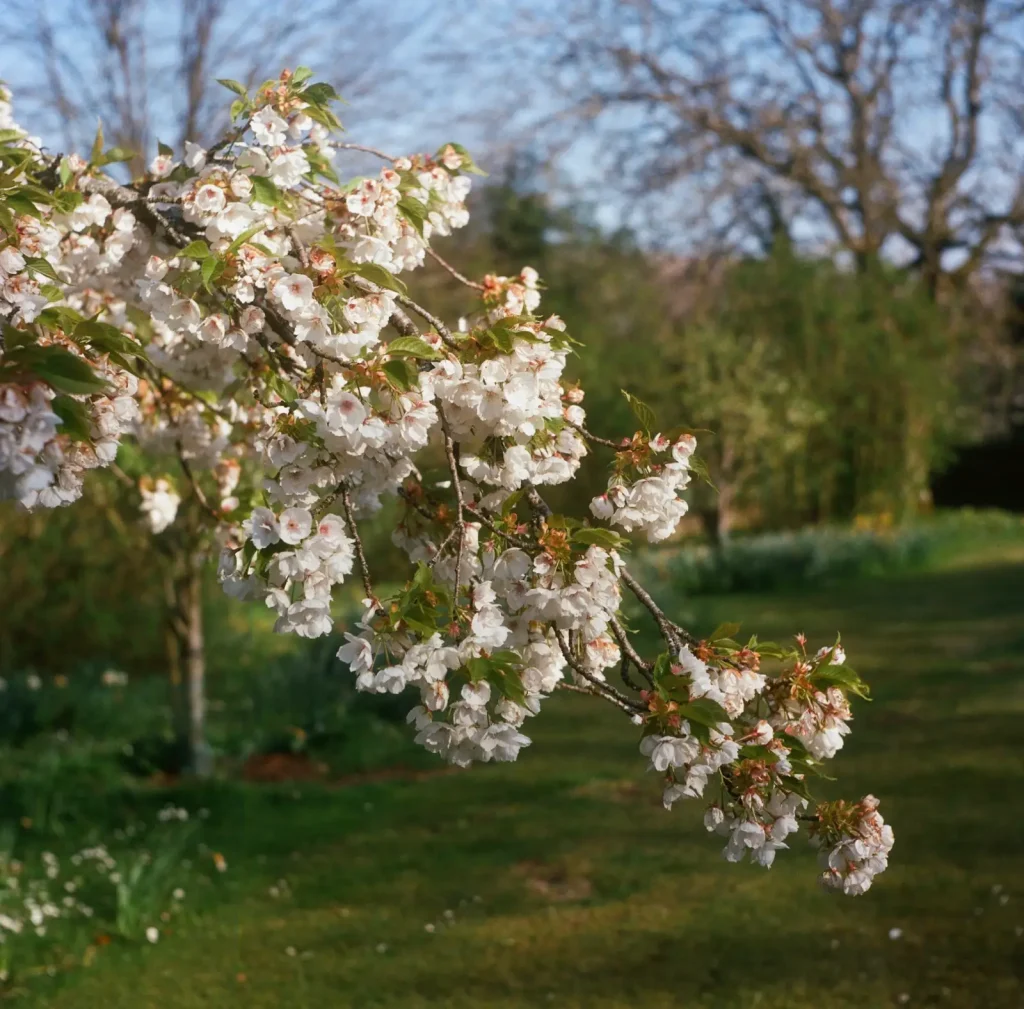
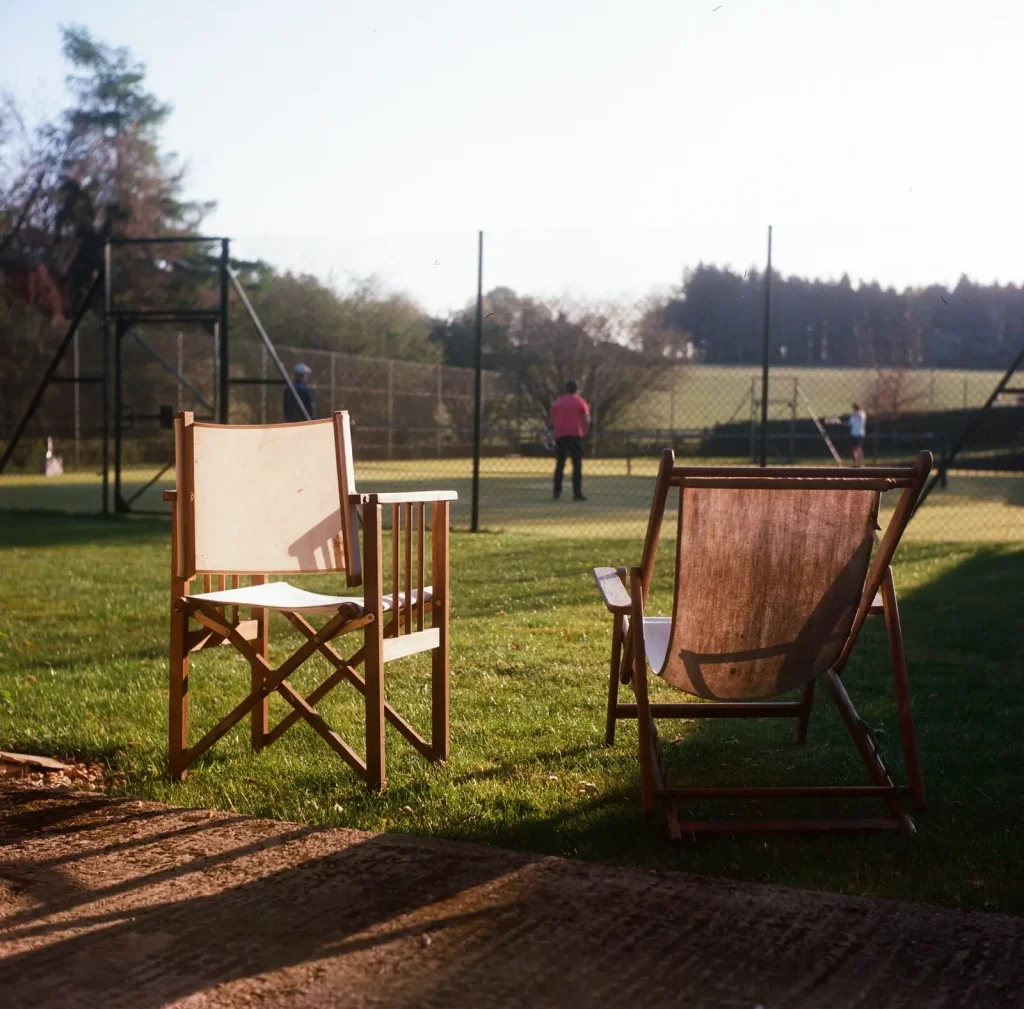
More on my instagram: @hueyt
Share this post:
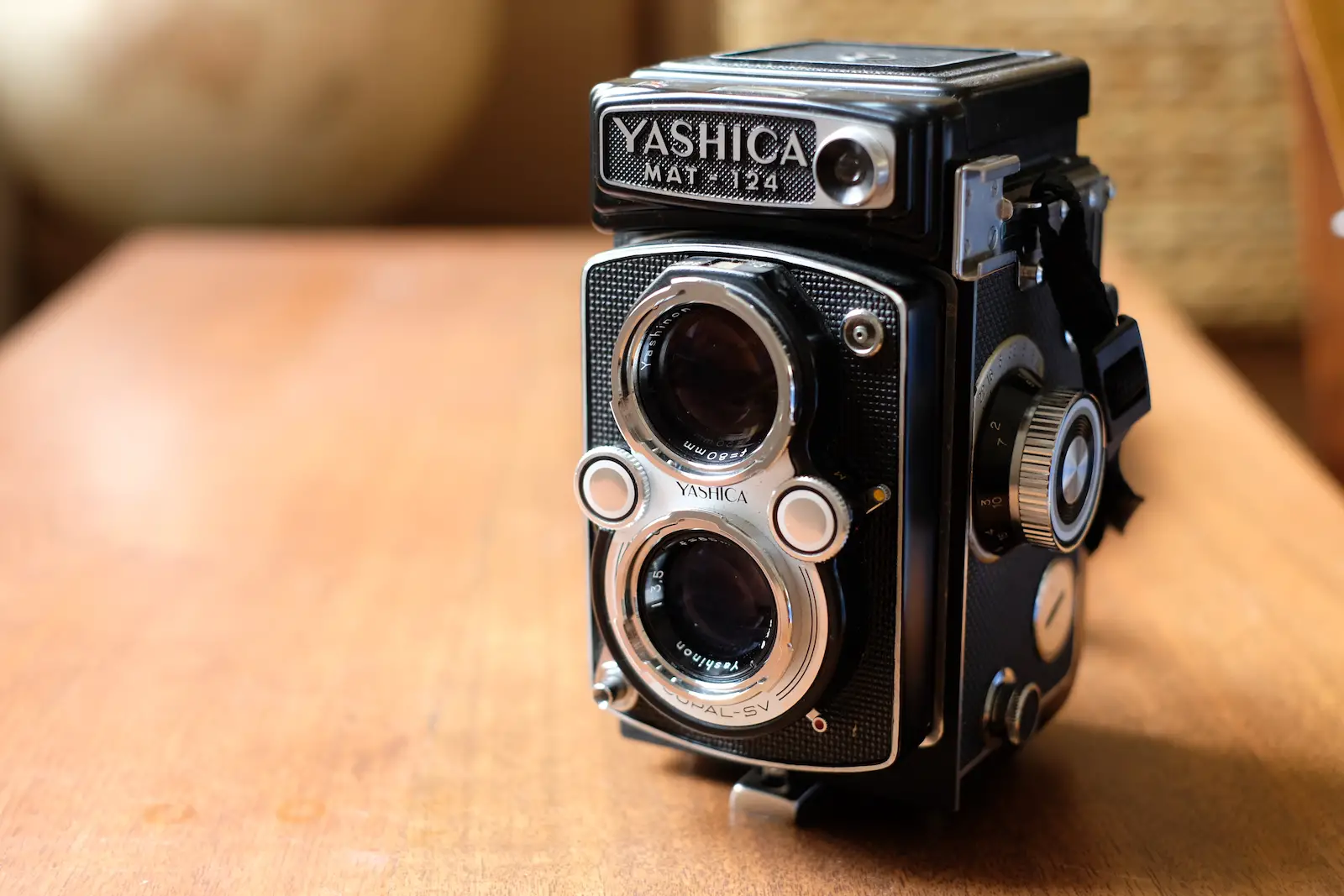








Comments
Kurt Ingham on 5 frames with a Yashica Mat 124 and Ektar 100 – by Hugo
Comment posted: 24/07/2019
Eric Rose on 5 frames with a Yashica Mat 124 and Ektar 100 – by Hugo
Comment posted: 24/07/2019
Comment posted: 24/07/2019
Graham Line on 5 frames with a Yashica Mat 124 and Ektar 100 – by Hugo
Comment posted: 24/07/2019
Thanks for the posting. The (problem) creative advantage with color negative film is that the quality of the result is highly dependent on the quality of the printing/scanning.
Comment posted: 24/07/2019